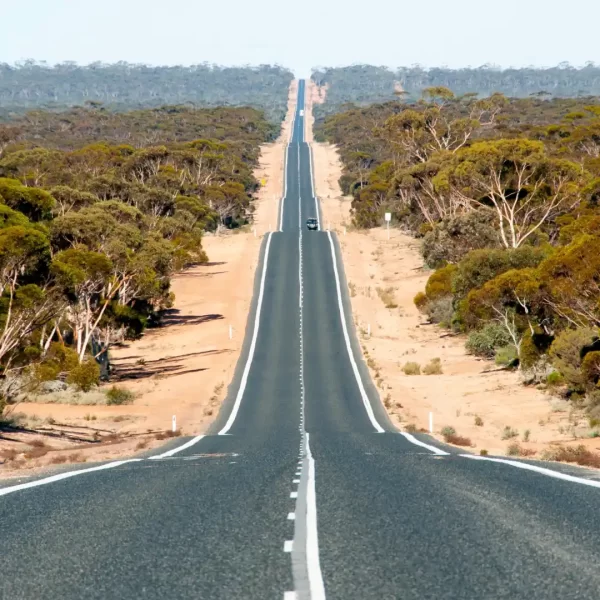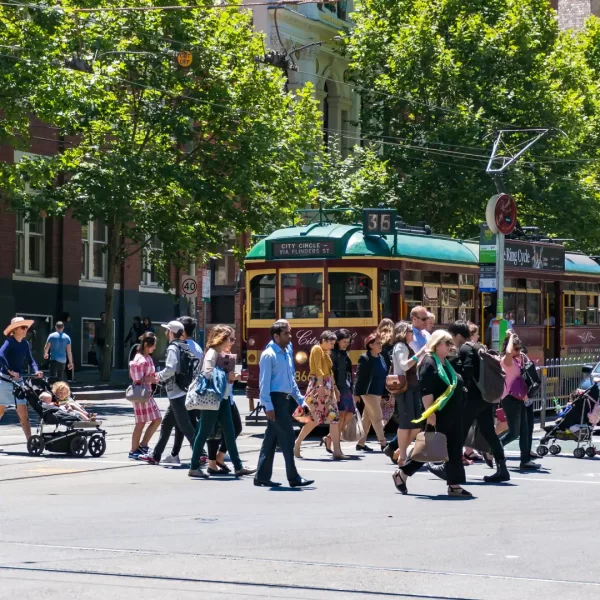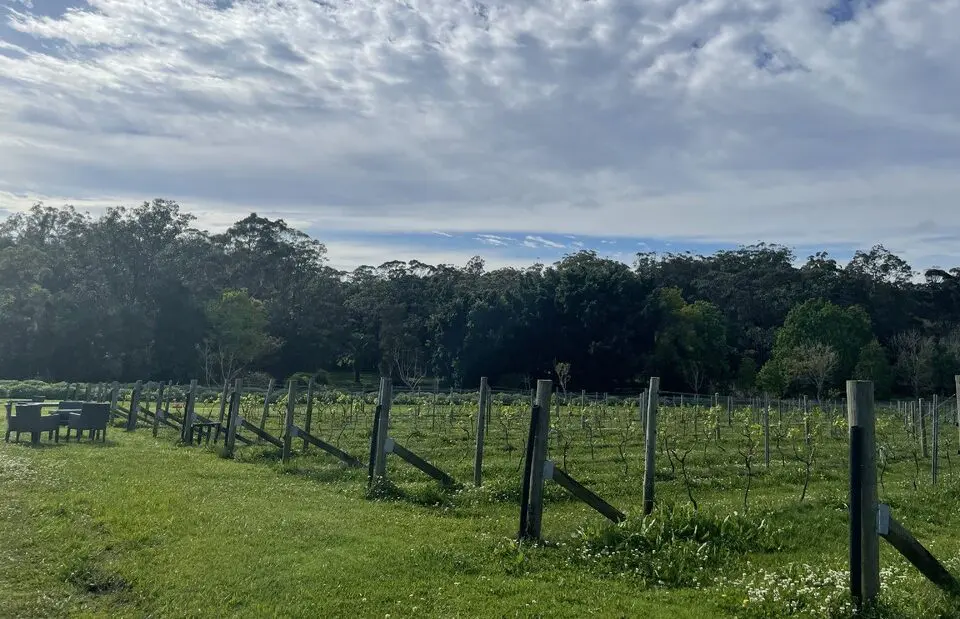
EV charging infrastructure – the Macadamia Castle and beyond
17 October 2022
While the shift in policy since the federal election has seen an end to the more extravagant statements about electric vehicles “ruining the weekend”, the market is continuing to vote with its feet. The National Transport Commission’s Carbon Dioxide Emissions Intensity for New Australian Light Vehicles 2021 report shows EV sales are growing rapidly, albeit from a small base.
With over 22,000 sales in 2021, it also reports the Australian fleet of EVs was 42,694 at the end of 2021 which tells us that more than half of the EVs on Australian roads were sold last year. Included in the total for 2021 is our family car.
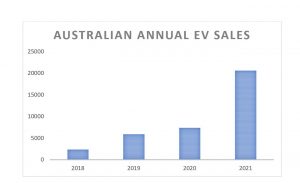 With such rapid growth in car sales, there’s a real question about whether charging infrastructure is keeping up with demand. Inner city living with on-street parking and apartment charging is a challenge that will still need to be solved, but regardless, our appetite for the occasional road trip and long-distance drive means out of home charging will play an important part of the mix.
With such rapid growth in car sales, there’s a real question about whether charging infrastructure is keeping up with demand. Inner city living with on-street parking and apartment charging is a challenge that will still need to be solved, but regardless, our appetite for the occasional road trip and long-distance drive means out of home charging will play an important part of the mix.
And that’s what I had a chance to test this weekend, driving a base-model Tesla 3 from Melbourne to Brisbane, almost 1800km. The Hume and Pacific Highways are two of the busiest highways in the country, and if the charging infrastructure isn’t in place there then we have a problem.
What I found was a new market still very much in flux, where providers are trying a range of approaches, some of which may last the distance and others that may be abandoned as early experiments. Although the infrastructure is there and the drive was largely seamless, unlike liquid fuels it’s not yet obvious or ubiquitous. I had to do a bit of planning before I left and made sure I had a few charging network options. High speed chargers themselves were available and worked quickly and effortlessly, literally plug and play.
Some of the chargers are in obvious places such as major service centres but others were in more unexpected locations, not surprising given the infrastructure is inherently cheaper and more flexible than service stations. Locations included shopping centre carparks; motel carparks; overlooking vineyards; the Macadamia Castle (see below); and a tourist information centre. Multi-decked shopping centre carparks – often badly signed and challenging to navigate at the best of times – were the only options that proved frustrating.
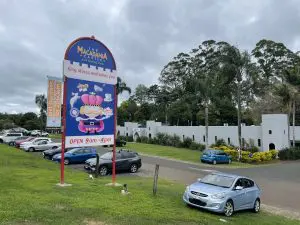
While there’s clearly a pathway to solving the challenges of long-distance travel along our two most significant highways (which, for passenger vehicles are a relatively small market), the story within the three major cities on the east coast is not as positive*. My own observations (n=1) after twelve months of testing is that out-of-home charging within cities is patchy and largely undersupplied, and without some step changes the market will not meet the needs for those who can’t charge at home. Until there’s a clear path to mass out-of-home charging within major cities EV purchases are likely to be constrained; limited to those with off-street parking and charging capacity.
In short, it’s a developing market that is a long way from equilibrium, and we are still faced with a range of possible futures. With such rapid growth, demand and supply are likely to get out of whack in some places and the ride may be bumpy. This isn’t surprising given the small base and rapid growth, but it does mean that if EV sales are continue to grow there’s an incentive for infrastructure providers and operators, EV manufacturers and governments to work together to get through this transitional period as smoothly as possible. There will be business models (and businesses) that will fail along the way, but we owe it to a decarbonised future to support this emerging market
*Pun intended. In transport we own our puns.
Graph based on NTC data, from the linked report
